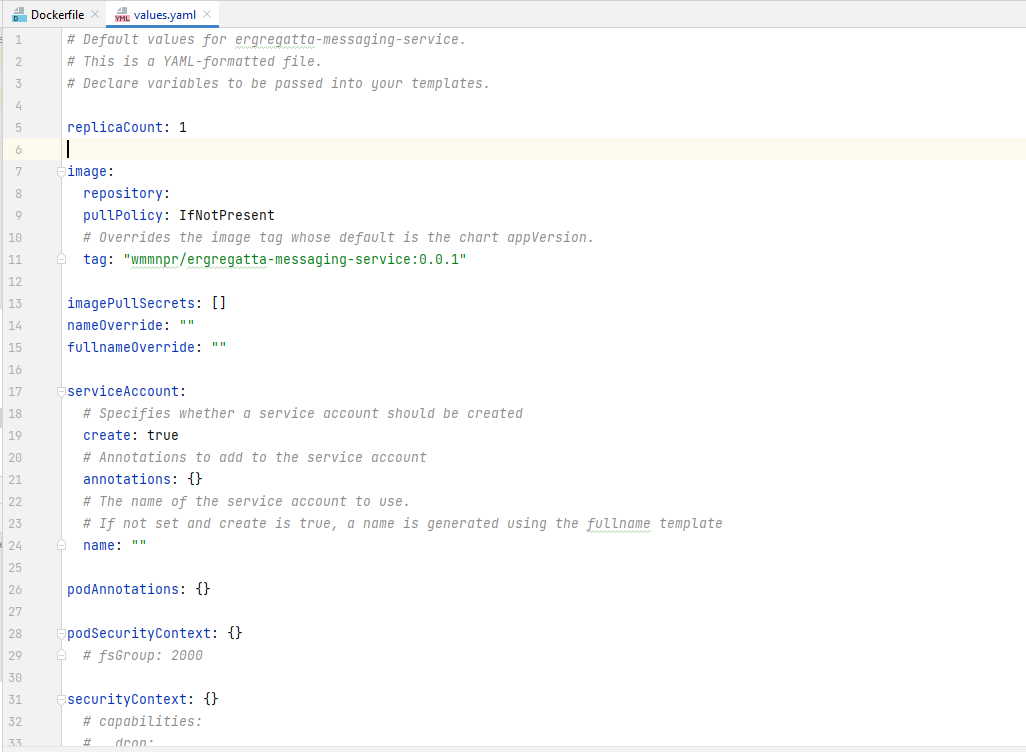To be able to debug Apache Airflow using Visual Studio Code, we first want to build a Docker image from the sources. Start by cloning the apache airflow github repository and then open the folder using VS Code.
In the Dockerfile, change the following values:
ARG AIRFLOW_INSTALLATION_METHOD="."
ARG AIRFLOW_SOURCES_WWW_FROM="airflow/www"
ARG AIRFLOW_SOURCES_WWW_TO="/opt/airflow/airflow/www"
ARG AIRFLOW_SOURCES_FROM="."
ARG AIRFLOW_SOURCES_TO="/opt/airflow"
Then build the image with the new settings and then run it but overriding the entry point:
docker build -t my-image:0.0.1 -f Dockerfile .
docker run -p 8080:8080 -p 5678:5678 --entrypoint /bin/bash -it my-image:0.0.1
In the container, first install debugpy.
We'll need the installed location of the airflow code for our launch.json configuration file. You can find it by running:
python -m pip -V
pip 21.3.1 from /home/airflow/.local/lib/python3.7/site-packages/pip (python 3.7)
Now, while in the running container, start airflow, here I'll just call --help, in the container with:
python -m debugpy --listen 0.0.0.0:5678 --wait-for-client -m airflow --help
In the cloned repository directory, create a launch.json file in the .vscode directory. The value for remoteRoot should be taken from the output of the "python -m pip -V" above
"version": "0.2.0",
"configurations": [
{
"name": "Python: Remote Attach",
"type": "python",
"request": "attach",
"justMyCode": false,
"connect": {
"host": "localhost",
"port": 5678
},
"pathMappings": [
{
"localRoot": "${workspaceFolder}/airflow",
"remoteRoot": "/home/airflow/.local/lib/python3.7/site-packages/airflow"
}
]
}
]
}
In VS Code open the __main__.py file in the apache folder of the project and place your break points. Now run the debug using the launch.json file:
Of course the "Here we go!!!!" is from me :>)





